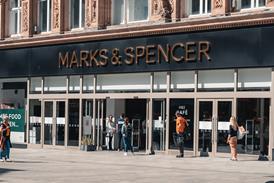Neil Saunders: Black Friday may be evolving but in the US it's here to stay

Black Friday is a logical part of the US retail calendar, coinciding with Thanksgiving when people have both the time and inclination to shop.
Already have an account? Sign in here



















